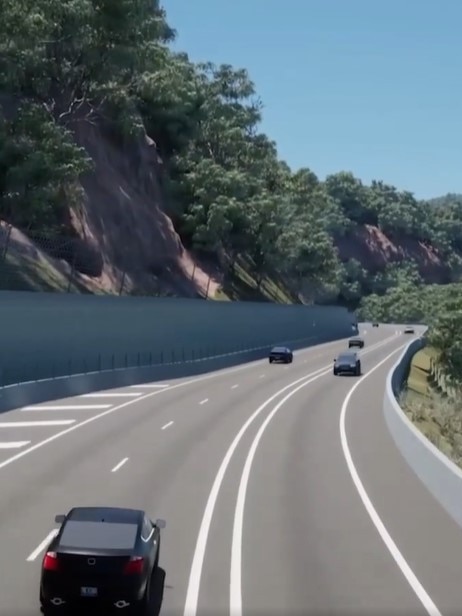Cunninghams Gap reconstruction from safety to delays: Here’s what you need to know
Work has started on a massive project to improve safety on the Cunningham Highway, with possible delays expected. Here’s how the works will impact your next trip.
Warwick
Don't miss out on the headlines from Warwick. Followed categories will be added to My News.
With road fatalities and rockslides to even amusement park rides catching on fire, Cunninghams Gap has been a major issue for motorists across the Southern Downs for many years.
However, $86m of reconstruction upgrades are now officially underway to make the pass safer for residents throughout the region, following years of calls to get the project off the ground.
The highway was damaged back in 2019, with substantial damage caused by the Black Summer bushfires.

Initial works began on stage one of the project after “significant” planning, which will scale and stabilise the highway, on April 18, which will be ongoing with motorists urged to understand there will be several traffic impacts.
From 6am to 6pm, Monday to Friday, there are stop/slow traffic conditions in place while slope stabilisation operations are underway causing potential delay of up to 45 minutes for commuters.

Additionally, night work will begin from April 22, causing a potential 15 minute delay in travel between the hours of 8pm and 4am for pavement work.
These delays will not be present on public holidays.
A Department of Transport and Main Roads spokesperson confirmed stage one of the project and the delay of traffic conditions and are estimated to be until mid-June which will two lanes open but will have ‘slow’ conditions.
From mid-June to late 2023 there will be a ‘contraflow’ system with traffic controllers stopping traffic in each direction as only one lane will be open with delays up to 45 minutes expected.
The start of the project comes following months of stakeholder briefing with members of the community to ensure their needs are met.
“No one knows this stretch better than the people who drive it each and every day, which is why community feedback is so important,” Queensland Transport and Main Roads Minister Mark Bailey said.
Mr Bailey said work to install the rockfall protection would begin later this year, and that it was important the slope was stabilised so construction could be carried out safely.

The Department of Transport and Main Roads lists benefits of the project as improving safety, improving network efficiency, better road access and restoring damaged infrastructure.
Features of the project include 1.4km of continuous rockfall protection to minimise risk of damage from landslides as well as installation of cameras to monitor the slope of the highway also.
Furthermore, there is going to be the reinstallation of the left slow lane on the highway and roadside safety barriers to improve safety for motorists.
A Department of Transport and Main Roads spokesperson said the restoration of this section of steep highway was “complex”.
“To minimise the impact on motorists and the community, Transport and Main Roads is seeking feedback from residents as well as the farming, tourism and freight industries to gather information on their movements to help with planning for stage 2,” the spokesperson said.
Federal Minister for Emergency Management Murray Watt said “significant design work was needed,” including geotechnical and structural assessments, due to “unique challenges presented by the complex topography”.
“These reconstruction works show that recovery is a long process, but the Commonwealth and Queensland Governments are committed to supporting communities every step of the way,” he said.




